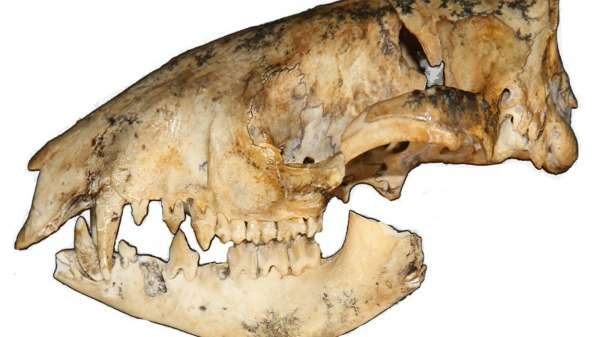Bandicoot and bilby review finds gaps in current knowledge

The evolutionary history of a group of native Australasian marsupials that look like a cross between a rabbit and a rat require further research to fill in knowledge gaps, a review by Perth academics suggests.
Twenty-two bandicoot and bilby species are thought to dwell in the Australian desert and coastal areas and New Guinea rainforest.
Murdoch University veterinary anatomy lecturer Dr Natalie Warburton says basic biological information about some species remains a mystery, 200 years after European settlement.
"There's a really big diversity of bandicoots, which isn't something most people recognise," she says.
"In WA, people hopefully recognise a quenda, particularly around certain suburbs where they are fairly prevalent, but there's actually a lot of bandicoots in different places.
"Other than the ones in Perth that do pretty well off dog food in people's backyards, they are actually really vulnerable."
Bandicoots and bilbies range in size from a mouse to a rabbit and forage at night for insects, lizards, mice, snails, fungi, berries and fruit to eat.
They face ongoing pressure from introduced predators, such as foxes and cats, and human impacts including habitat loss and traffic.
Dr Warburton and Western Australian Museum mammal curator Dr Kenny Travouillon conducted a comprehensive review of scientific literature published over the past 25 years, including fossil records dating back approximately 30 million years, to provide an up-to-date basis for future studies.
The review highlighted unanswered questions about Australian species and a "big deficit" of information about the New Guinea animals.
"The New Guinea species are quite distinct and there is almost nothing known about the biology of those animals," Dr Warburton says.
This poses a problem when trying to trace their evolutionary history over time, she says.
"Unless you have a clear understanding of the biology of all the different animals in that group…you can't tell the full story of the evolution of these animals," she says.
There has been a "huge" reduction in Australian bandicoots' and bilbies' distribution, according to Dr Warburton.
"Bilbies used to be found right across Australia…from the Pilbara to Queensland and almost from the upper two-thirds of the Northern Territory right down to the South Australian border," she says.
"In relatively recent times, this huge geographic range has become much more contracted to the Pilbara and Kimberley areas."
Despite declining populations and shrinking distribution, bandicoots and bilbies 'rat-like' appearance and 'cryptic' nature are thought to prevent them from appealing to the public and conservation efforts.
"When you think of animals the public are aware of, they are typically big, colourful, charismatic and have features that would be endearing to people," Dr Warburton says.
"A lot of people might mistake a bandicoot for a rat."
Provided by Science Network WA
This article first appeared on ScienceNetwork Western Australia a science news website based at Scitech.





















